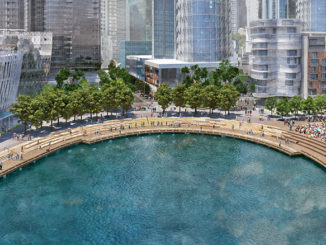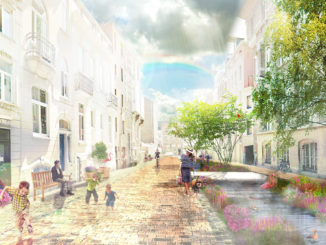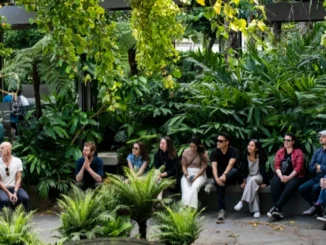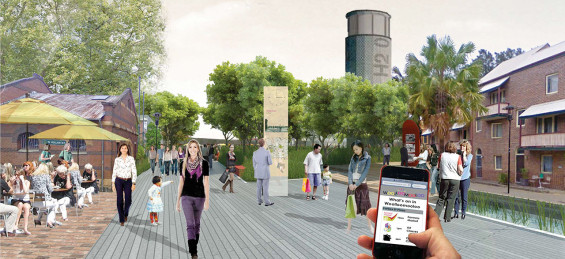
The Urban Spine is a proposal to address the issues of physical, visual and programmatic disconnection that are occurring in Sydney’s Woolloomooloo basin. The masterplan incorporates three key moves – restructuring Forbes Street to become a central spine and the introduction of two new precincts along the spine, ‘The Hinge’ and ‘The Heart’. These precincts integrate seven new activity zones that engage the local community and enhance its social, cultural and physical dynamics.
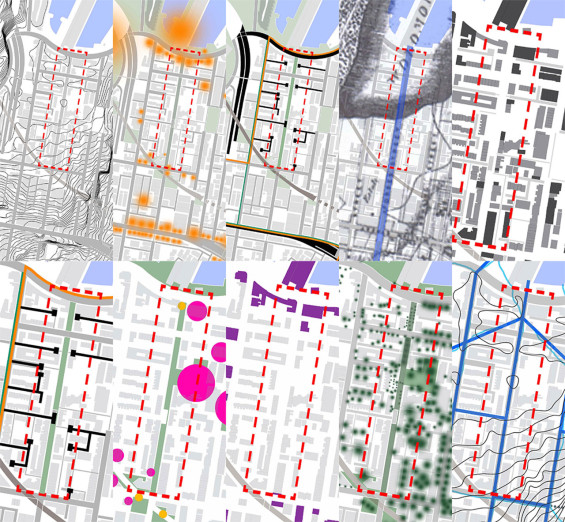
Forbes Street is currently an underused pedestrian space and with its topographically central location, is ideally situated to become a spine that links the William Street ridgeline to the bay and reconnects Woolloomooloo. The introduction of a multi-modal transport system incorporates new street connections to re-stitch the original street grid and a temporal shareway system, light rail, pedestrian and cycleway routes to promote flow throughout the basin. New & retrofitted buildings provide public amenity & activity generators to rejuvenate Woolloomooloo and underutilised spaces are transformed into programmable areas, for the community.
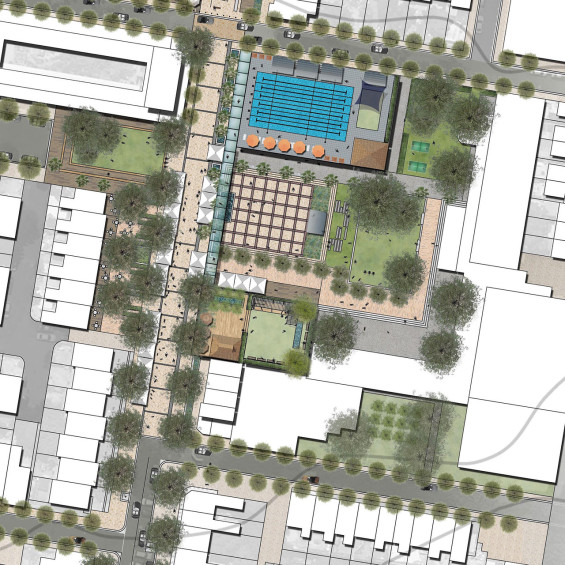
Nicholson Street intersects the spine and transforms into an east-west hinge linking the existing foreshore precinct with the new town centre. The City of Sydney’s proposal for light rail and the existing cycleway on Bourke Street have been extended to run along Nicholson Street, driving activity into the heart of Woolloomooloo. Materials such as weathered timber decking and elements of water are used to strengthen the link with the iconic finger wharf & bay area and a historic timeline is incorporated in the street pavement to make reference to Woolloomooloo’s rich history.

Building off existing social infrastructure, historic Plunkett Public School becomes the new ‘Heart’ of Woolloomooloo. Its central yard is transformed into a flexible urban square, which is used as a playground during school times and then opens to the public after hours and on weekends, enabling 24 hour activation. Four buildings flank the town square to provide public services and promote community education & wellbeing. This includes the transformation of an underutilized basement car park into a new library with adjacent library lawn and ‘Eat Street’- a row of terraces converted into cafes with courtyards where produce is both grown and sold on site. A bridge way structure enables access between the new Sports & Recreation and Wellbeing Centres and their rooftop gardens. It also provides a threshold for the schoolyard and enables for adaptable ‘plug-ins’ such as local artwork displays, enabling the community to contribute to the streetscape.
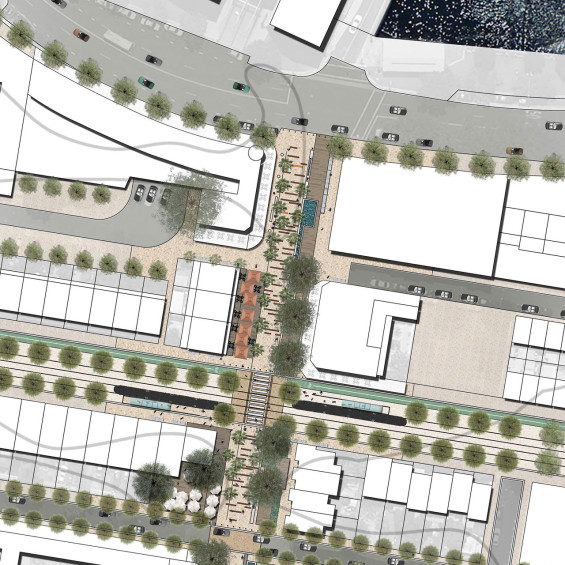
A smart phone app engages visitors and the community with digital signage throughout the spine and also provides updates for social and educational events that are hosted each week. This includes local markets along the bay, art & cooking classes and outdoor cinemas in the square.
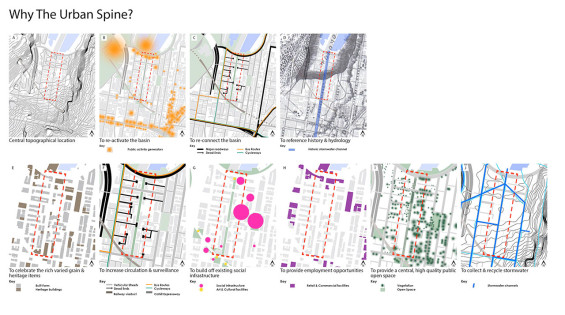
The Urban Spine proposal results in a new, exciting public space that provides social, cultural and employment benefit. Key connections and new transport options ensure that Woolloomooloo is reconnected and accessible to the city east region, addressing the issues that were occurring as a result of disconnection and isolation. A repositioned town centre with revitalised spaces, new buildings and rooftop areas offer 24 hour activation & beneficial services for the local community and visitors.



The Urban Spine
Location | Woolloomooloo, Sydney NSW, Australia
School | University of New South Wales (4th year Design Studio, Final Project, Un-built)
Image & Text Credits | Scott Edward Sidhom

